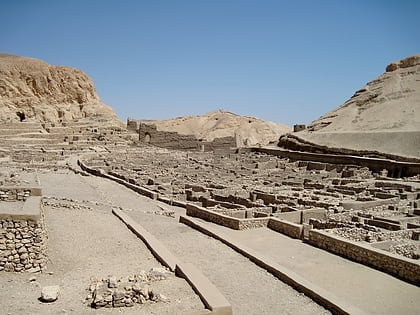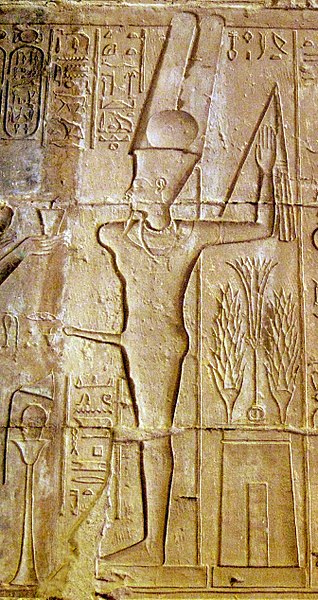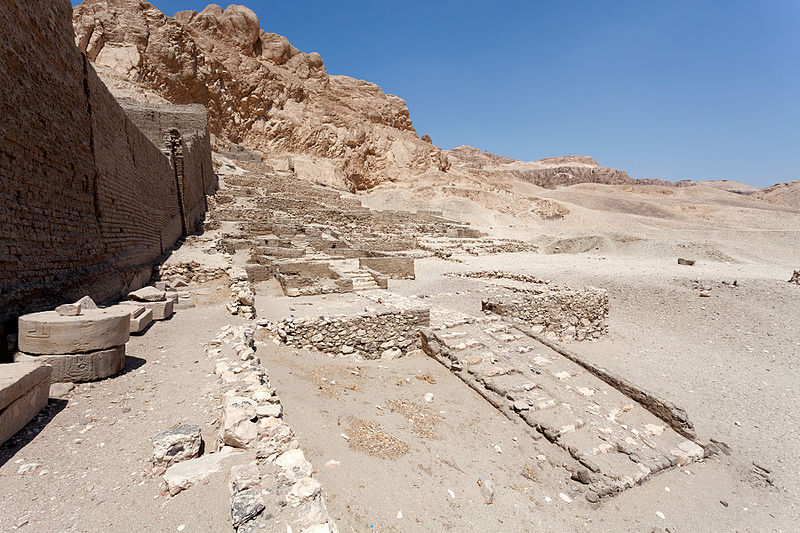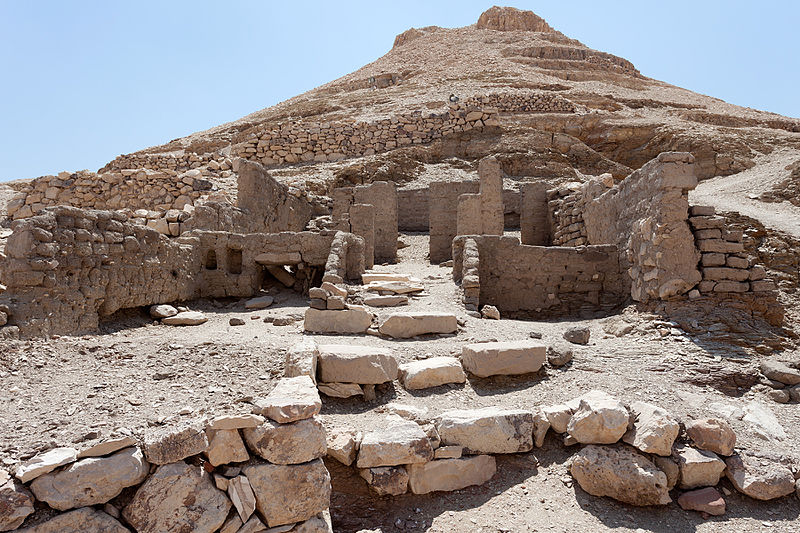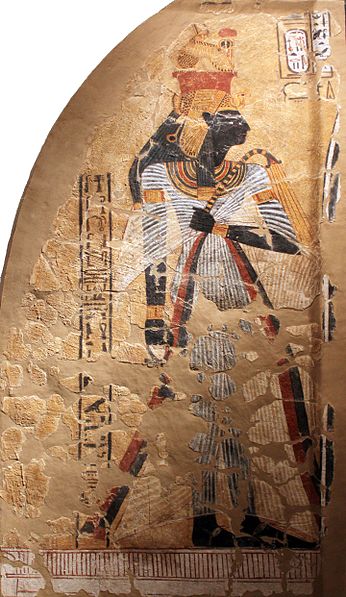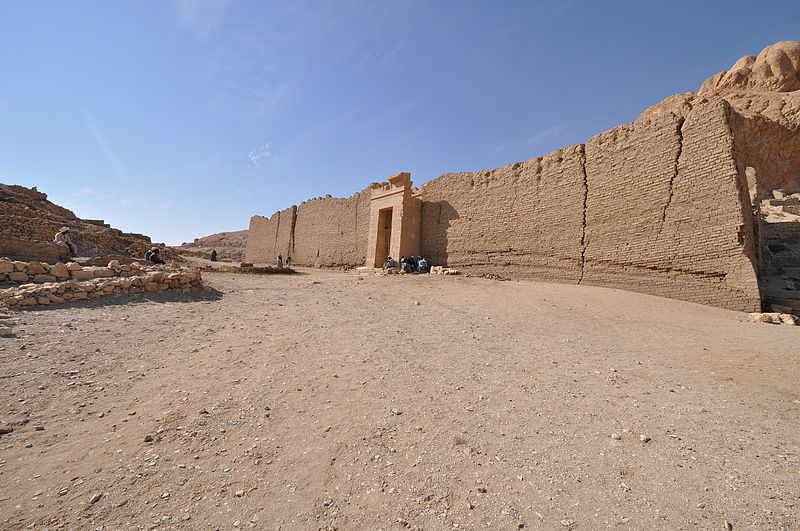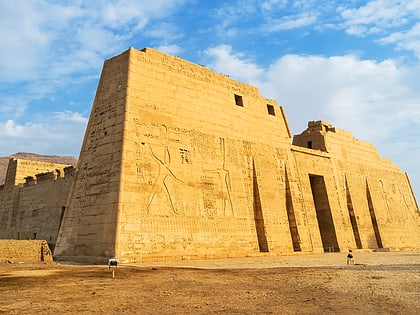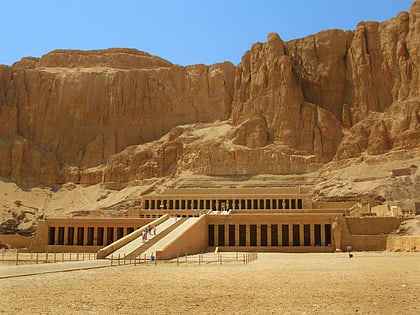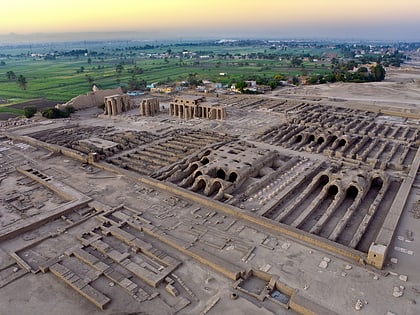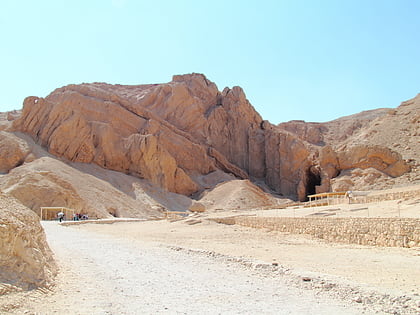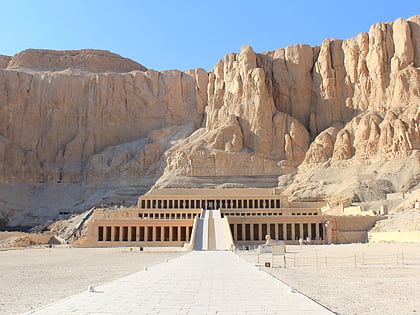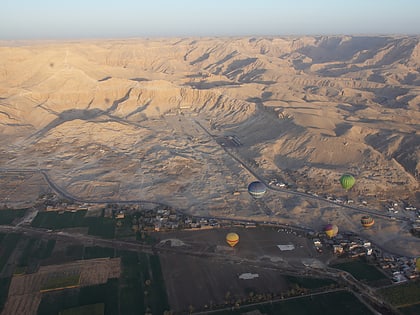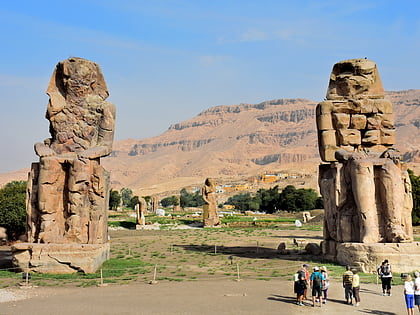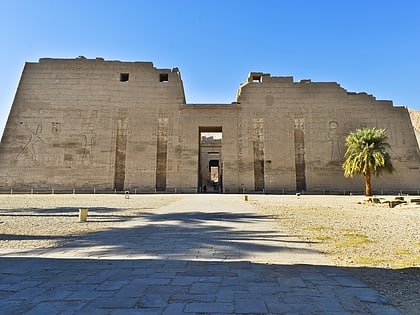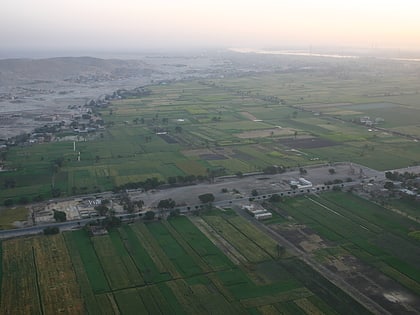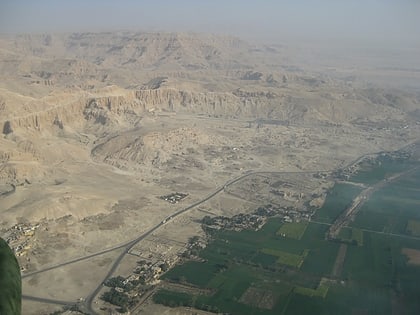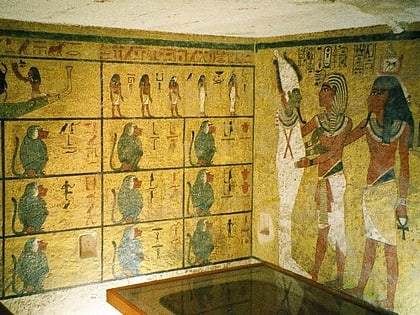Deir el-Medina, Luxor
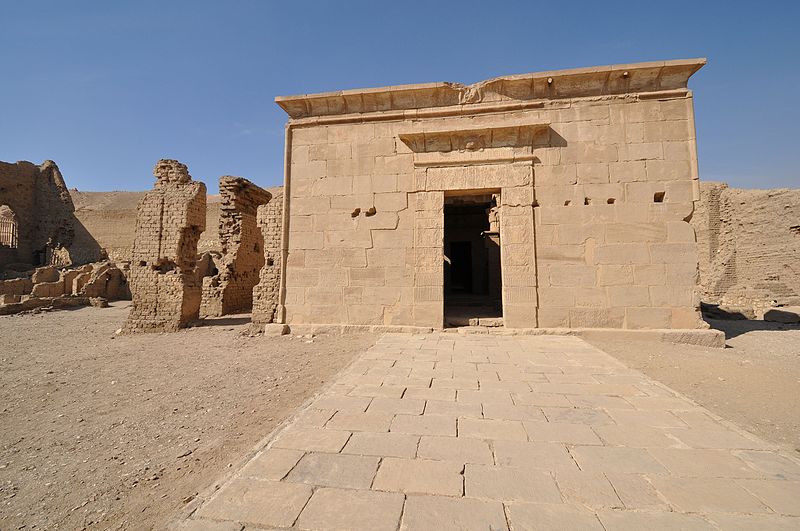
Facts and practical information
Nestled in the heart of Luxor, Egypt, Deir el-Medina is an ancient necropolis that offers a unique glimpse into the lives of the workers who built the tombs in the Valley of the Kings. This remarkable site, often overlooked in favor of its more grandiose neighbors, served as a home and burial ground for the artisans and craftsmen who dedicated their lives to constructing the eternal resting places of pharaohs.
The settlement of Deir el-Medina, established during the New Kingdom period (circa 1550–1070 BCE), is a testament to the organization and skill of ancient Egyptian society. Unlike the monumental tombs and temples that their inhabitants built, the village was comprised of modest mudbrick houses, which have provided invaluable insights into the daily life of its residents.
The necropolis itself contains more than 400 tombs, many of which are elaborately decorated with vibrant paintings and inscriptions that offer a wealth of information about the beliefs, customs, and community of the workers. The tombs here are smaller in scale compared to the royal tombs, yet they possess a certain intimacy and detail that is often absent in the grander sepulchers.
Deir el-Medina also features a temple dedicated to the goddess Hathor, the patroness of the workers, which further emphasizes the religious and social cohesion that was integral to the community's prosperity. The site's well-preserved Ptolemaic temple, with its colorful frescoes, provides a rich backdrop for understanding the blend of religion and daily life.
For visitors today, Deir el-Medina offers a rare opportunity to step back in time and experience the everyday world of the ancient Egyptians. The site’s intimate scale and the personal touch seen in the tombs’ decorations offer a poignant contrast to the grandeur of the nearby Valley of the Kings and Queens.
Deir el-Medina – popular in the area (distance from the attraction)
Nearby attractions include: Medinet Habu, Mortuary Temple of Hatshepsut, Ramesseum, Valley of the Queens.
